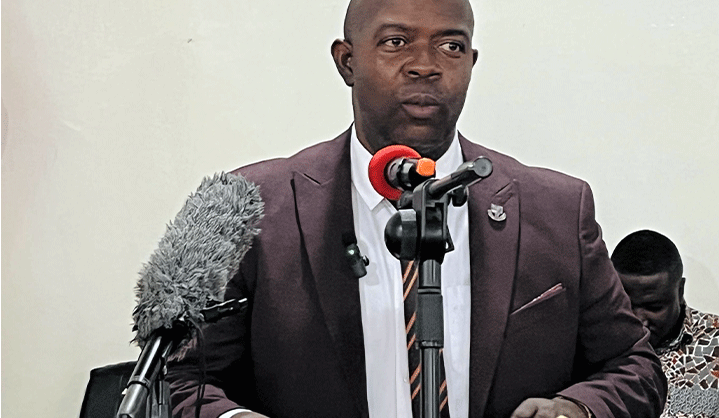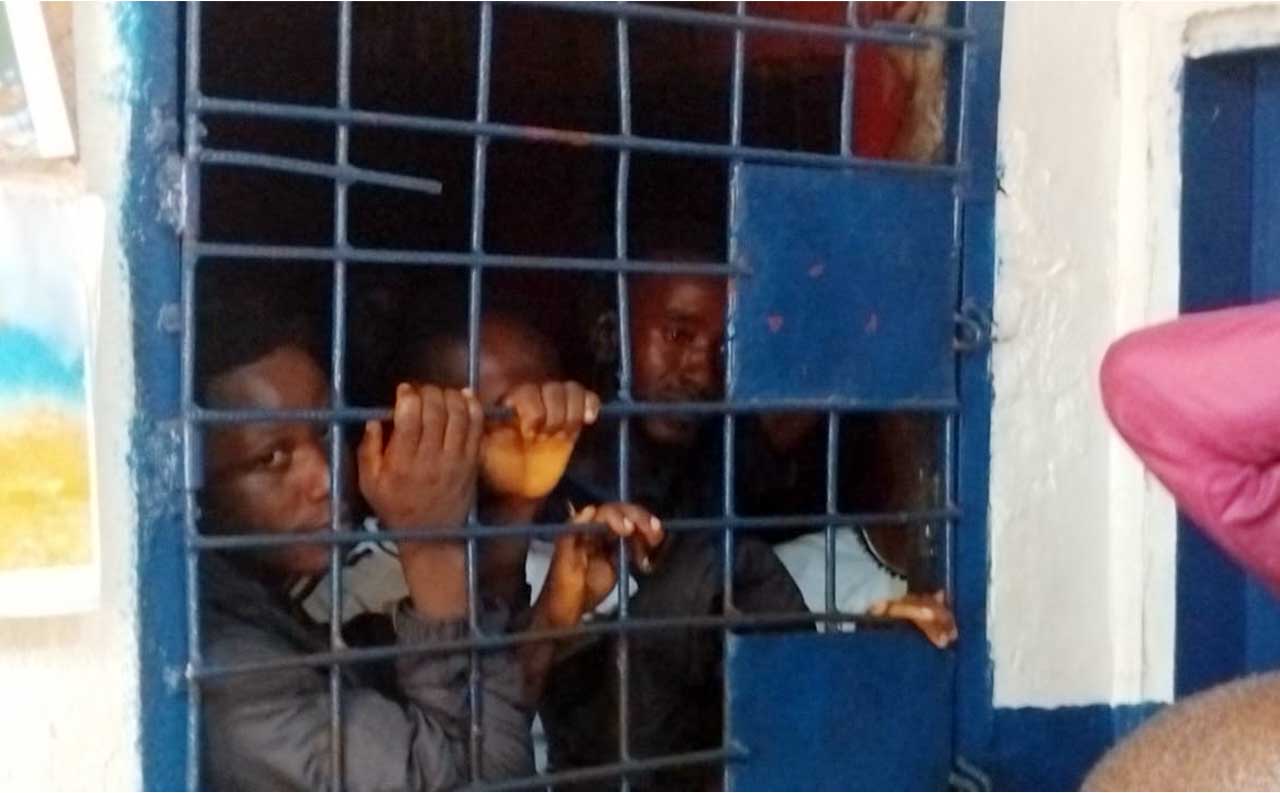The Liberia Institute of Statistics & Geo-Information Services (LISGIS) has released stats on the Liberia Agriculture Census conducted between January and March 2024. Speaking Thursday, September 19, 2024 in Monrovia, LISGIS Director General Richard F. Ngafuan said Liberia has 338,630 agricultural households, concentrated primarily in Nimba (21.4%), Bong (16.7%), and Lofa (12.7%). Notably, 64.5% of these households are male-headed.
Ngafuan said the report shows that the agricultural population exceeds 1,000,000, with 499,732 farmers, averaging two farmers per household and an average household size of four. He said 99% of agricultural households are engaged in crop cultivation, with rice being the most cultivated crop, grown by 56.3% of households, followed by cassava at 45.9%.
He disclosed that poultry and livestock rearing are less common practices. Only 8.1% of households reported raising poultry, and 6.0% reported livestock rearing, and approximately 72.9% of agricultural households hire external labor, with a preference for male workers.
However, he said child labor in crop production is notably more prevalent in Grand Kru and Lofa Counties, while fertilizer use is limited, with just 11.3% of households reporting its use, with a higher concentration in Montserrado County.
Ngafuan reported that the vast majority of agricultural tools are manually operated, with 87.2% of households using hand hoes and 94.1% using cutlasses while the use of machine-powered equipment remains minimal.
From January to July 2024, he said the average inflation rate stood at 7.4%, reflecting a notable decrease compared to the 9.9% average recorded during the same period in 2023.
He stated that the inflation trend for 2024 showed a significant downward trajectory starting in May, with rates consistently lower than those observed in 2023.
“The inflation rate for 2024 reflects a stabilizing economic environment, marked by a significant reduction in inflationary pressures compared to 2023; this trend highlights ongoing efforts to curb inflation and enhance economic stability during this period,” he said.
According to him, the Central Bank of Liberia’s tighter monetary policies, including adjustments in interest rates and refined money supply strategies, have been instrumental in curbing inflation during this period.
He indicated that there was a notable reduction in global oil prices which has played a key role in alleviating inflationary pressures in 2024, contributing to the overall decline in the inflation. Therefore, From January to August 2024, Liberia’s total trade reached $1.88 billion, consisting of US$735.61 million in exports and US$1.15 billion in imports. Despite this significant trade volume, the country recorded a trade deficit of US$411.76 million, indicating that imports far exceeded exports during this period.
Breaking down the monthly trade performance, January 2024 saw exports of US$96.04 million and imports of US$246.15 million, resulting in a deficit of US$150.12 million.
According to him, in February, exports dropped slightly to $84.85 million, while imports stood at US$155.76 million, leading to a trade deficit of US$70.91 million and March saw a further reduction in exports to US$80.80 million, with imports amounting to US$91.31 million, narrowing the trade deficit to US$10.52 million.
April recorded a positive shift in exports, which rose to US$122.50 million, while imports remained high at $170.26 million, resulting in a deficit of US $47.76 million and In May, exports dipped to US$91.37 million, with imports rising to US$195.24 million, widening the trade deficit to US$103.87 million.
Ngafuan said June marked a further increase in exports to US$127.24 million, while imports were US$183.62 million, bringing the trade deficit down to US$56.38 million; July saw a notable improvement, with exports of US$117.01 million and imports of US$85.93 million, resulting in a rare trade surplus of US$31.08 million.
However, he said this positive trend did not continue into August, where exports dropped sharply to US$15.80 million, while imports stood at US$19.08 million, leading to a small trade deficit of US$3.28 million.
He said In terms of trade partners, Germany was Liberia’s top export destination, receiving goods worth US$458.86 million, followed by Switzerland with US$224.56 million, and the United States with US$121.69 million. Other notable export destinations include the United Kingdom with US$20.34 million and Belgium with US$13.72 million.
The LISGIS boss said on the import side, Cote d’Ivoire was Liberia’s largest source of imports, accounting for US$167.66 million in goods, followed by India with US$125.48 million, and Togo with US$104.49 million. China was another key import partner, contributing US$90.82 million, while the United States accounted for US$45.03 million in imports.
By Lucky M. McGee, Cub Reporter



